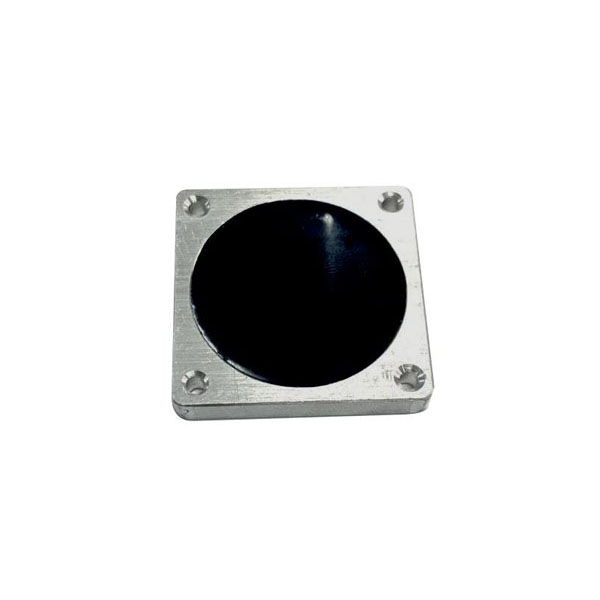Four things you should to know anti-metal tags vs non-metallic tags.
1. Explain the difference between anti-metal tags and non-metal tags
Anti-metal tag: This is a special kind of RFID tag that can be read reliably on or near metal. Metals can mess up RF signals, so these kinds of tags usually use special materials and designs to get around this problem.
A popular type of RFID tag that is made to be attached to and used on non-metallic surfaces is the non-metallic tag. If it’s used on metal, there could be a lot of signal confusion that stops it from reading.
2. Several different use cases
The anti-metal tags can be used to keep track of metal objects, like parts in the making of cars, items on metal shelves, tools in metal toolboxes, and so on.
For example, in the process of making cars, each part is marked with an anti-metal tag. RFID readers can watch the location and status of each part in real time, which improves the quality and efficiency of production.
Plastic tags that aren’t made of metal can be used to keep track of things that aren’t made of metal, like library books, clothes stores, patients, and so on.
For example, in the library, each book has a non-metallic tag attached to it. The RFID system makes it easy to check out, return, and borrow books, which makes library management more efficient.
3. Things that are different
Anti-metal tag: strong resistance to interference, can read reliably on or near metal surfaces; Learn how to work in places that are hard to understand, like machining shops, stores, and so on.
Non-metallic tags are cheap and can be used on a big scale. However, they don’t work well in metal environments, so you may need to add extra materials or change the reading distance.
4: It has different pros and cons
Tag against metal: The good things about it are that it can strongly block disturbances and can be used in many situations. The bad things are that it costs a lot.
Non-metallic tags have some pros, like being cheap and good for large-scale uses. On the other hand, they don’t block interference well and can only send information over short distances.
In conclusion, anti-metal tags and non-anti-metal tags are different in how they work and when they should be used. When choosing, the best tags type should be chosen based on real-life situations and needs. Anti-metal tags are better for tracking metal items, for example. Non-metallic tags are better for managing non-metallic materials or keeping costs down when those issues are more important.




